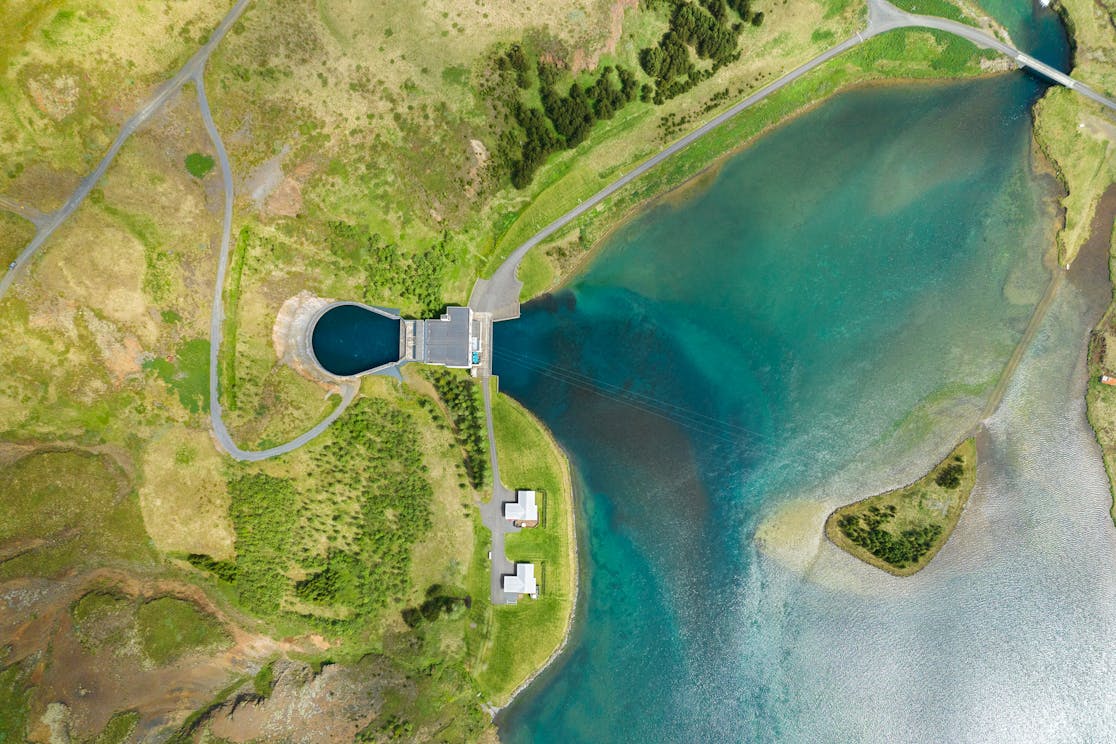🇮🇸 Landsvirkjun’s Carbon Footprint Reduced by Half
Press release from Landsvirkjun
Landsvirkjun’s carbon footprint, i.e., emissions minus sequestration, was approximately 2,800 tonnes CO2e for the first half of 2023, a reduction of 54% year on year.

Carbon intensity never lower
Landsvirkjun’s carbon footprint, i.e., emissions minus sequestration, was approximately 2,800 tonnes CO2e for the first half of 2023, a reduction of 54% year on year. Net carbon intensity was 0.38 gCO2e/kWh, a decrease of 55%. This is the best result since the Company started keeping a Climate Account.
The result aligns with Landsvirkjun’s Climate Action Plan and the goal of reaching carbon neutrality in 2025.
Furthermore, the carbon intensity has never been this low since Landsvirkjun started recording emissions, with a 15% reduction year on year, or 2.8 gCO2e/kWh for the first half of 2023.
The result is below the defined 4 gCO2e/kWh emissions threshold in the Company’s Climate and Environmental Policy and one of the lowest carbon intensities documented in the electricity generation sector. According to the EU Taxonomy, electricity generation can be considered climate change mitigation if carbon intensity is under 100 CO2e/kWh.
Landsvirkjun’s Semi-Annual Climate Account discloses this information. Total emissions from the Company’s operations during the period were approximately 20,700 tonnes CO2e, a reduction of 12% year on year. The drop is mainly due to a considerable decrease in emissions from geothermal energy generation (-23%), resulting from lower energy generation at the Krafla Power Station.
Emissions from fossil fuel combustion were reduced by 18% year on year. Landsvirkjun follows a systematic approach to replacing fossil-fuelled vehicles and equipment with new ones fuelled with green energy. The Company aims to stop purchasing fossil fuels in 2030.
Originally published on 4 September.